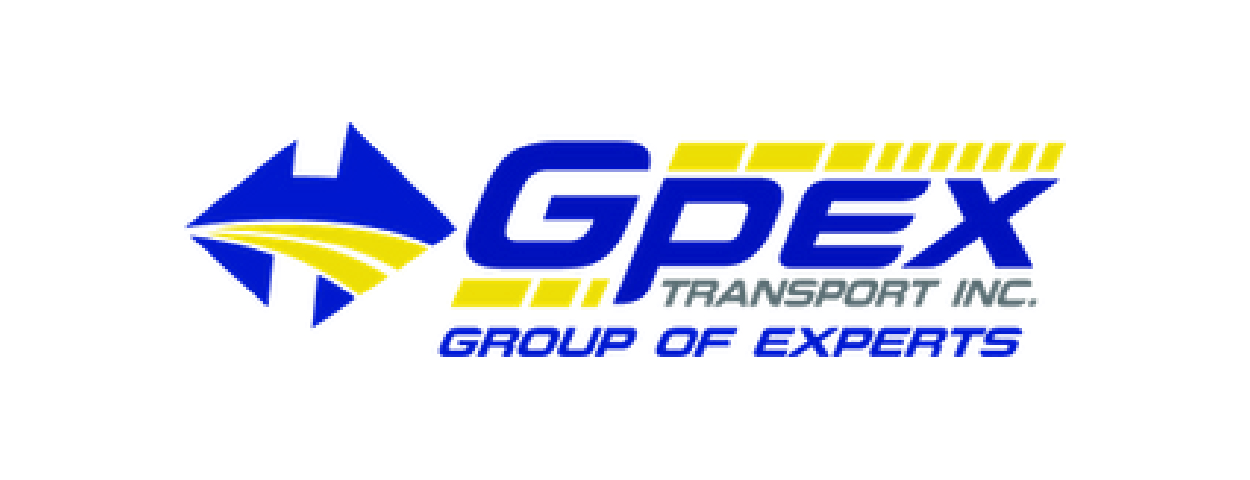Introduction
Navigating cross-border regulations when moving freight from Canada to Mexico can be a complex process. With three countries involved in the journey, each with its own set of rules and standards, trucking carriers need to be well-prepared to ensure a seamless trip. In this blog, we’ll provide actionable tips to help you comply with regulations and avoid common pitfalls when transporting goods across North America.
1. Understanding Regulatory Frameworks in Each Country
Each country on the Canada-to-Mexico route—Canada, the U.S., and Mexico—has distinct regulatory requirements for trucking operations.
-
Canada: Focus on weight limits, cargo securement, and compliance with the Canadian ELD (Electronic Logging Device) mandate.
-
United States: Adhere to FMCSA regulations, including hours of service (HOS) rules and vehicle inspection requirements.
-
Mexico: Familiarize yourself with Mexico’s transportation rules, including the requirement for certain permits and compliance with SAT (Servicio de Administración Tributaria).
Understanding the framework of each country is the first step toward ensuring smooth cross-border operations. Additionally, staying updated on changes in trade agreements like the USMCA (United States-Mexico-Canada Agreement) is crucial to maintaining compliance.
2. Documentation Requirements
Proper documentation is critical for cross-border trucking. Missing or incorrect paperwork can lead to significant delays or fines. Here are the essential documents:
-
Bill of Lading (BOL): Details about the cargo, origin, and destination.
-
Customs Declaration Forms: Ensure these are accurate and complete for both U.S. and Mexican customs.
-
Export and Import Permits: Required for certain goods when entering Mexico.
-
Packing List and Commercial Invoice: Detailed information about the shipment contents and value.
-
Insurance Documentation: Ensure your cargo meets the insurance requirements of all three countries.
Double-check all documentation for accuracy and keep digital backups to streamline the process.
3. Customs Clearance Tips
Customs clearance can be one of the most challenging aspects of cross-border trucking. Here’s how to prepare:
-
Partner with an Experienced Customs Broker: Brokers can simplify the process by ensuring that all paperwork is in order and by guiding shipments through customs.
-
Pre-Clearance Procedures: Use programs like C-TPAT (Customs-Trade Partnership Against Terrorism) and FAST (Free and Secure Trade) for expedited clearance.
-
Avoid Common Mistakes: Ensure accurate product classification, proper valuation, and compliance with all labeling requirements.
Efficient customs clearance not only reduces delays but also builds trust with clients relying on timely deliveries.
4. Navigating Cabotage Rules
Cabotage laws restrict foreign carriers from transporting goods within another country. For example:
-
Canada: Prohibits U.S. or Mexican carriers from hauling domestic Canadian freight.
-
United States: Limits Canadian and Mexican carriers from moving goods between two U.S. cities.
-
Mexico: Enforces similar restrictions for foreign carriers within its borders.
To remain compliant, focus on hauling international shipments and partner with carriers licensed for domestic transport in the respective countries. Proper route planning can help minimize cabotage-related complications.
5. Ensuring Compliance with Safety and Security Standards
Safety and security are paramount when transporting goods across borders. Here’s how to stay compliant:
-
Vehicle Inspections: Ensure your trucks meet the safety standards of each country.
-
Driver Training: Prepare drivers for different road conditions, language barriers, and security risks.
-
Security Measures: In Mexico, consider GPS tracking, real-time monitoring, and secure parking facilities to reduce the risk of theft.
Compliance with safety standards not only protects your drivers but also ensures the integrity of the cargo.
6. Partnering with Reliable Carriers and Brokers
Building relationships with experienced carriers and brokers is essential for successful cross-border operations. Reliable partners can:
-
Navigate complex regulatory landscapes.
-
Offer local expertise in Mexico and the U.S.
-
Provide additional resources, such as warehouses and distribution networks.
Take time to vet potential partners and choose those with proven experience in Canada-Mexico trade.
7. Leveraging Technology for Cross-Border Success
Technology can simplify compliance and improve efficiency in cross-border trucking. Here are some tools to consider:
-
Freight Management Software: Streamline route planning, documentation, and communication.
-
Real-Time Tracking Tools: Monitor shipments across borders and provide updates to clients.
-
Digital Compliance Platforms: Ensure all permits, licenses, and documentation are in order before crossing borders.
Using technology not only saves time but also reduces the risk of errors and non-compliance.
Conclusion
Navigating cross-border regulations from Canada to Mexico requires preparation, knowledge, and reliable partnerships. By understanding regulatory frameworks, ensuring accurate documentation, and leveraging technology, you can minimize delays and ensure smooth operations.
If you’re looking for expert guidance or solutions for cross-border trucking, contact us today to learn how we can support your business!
